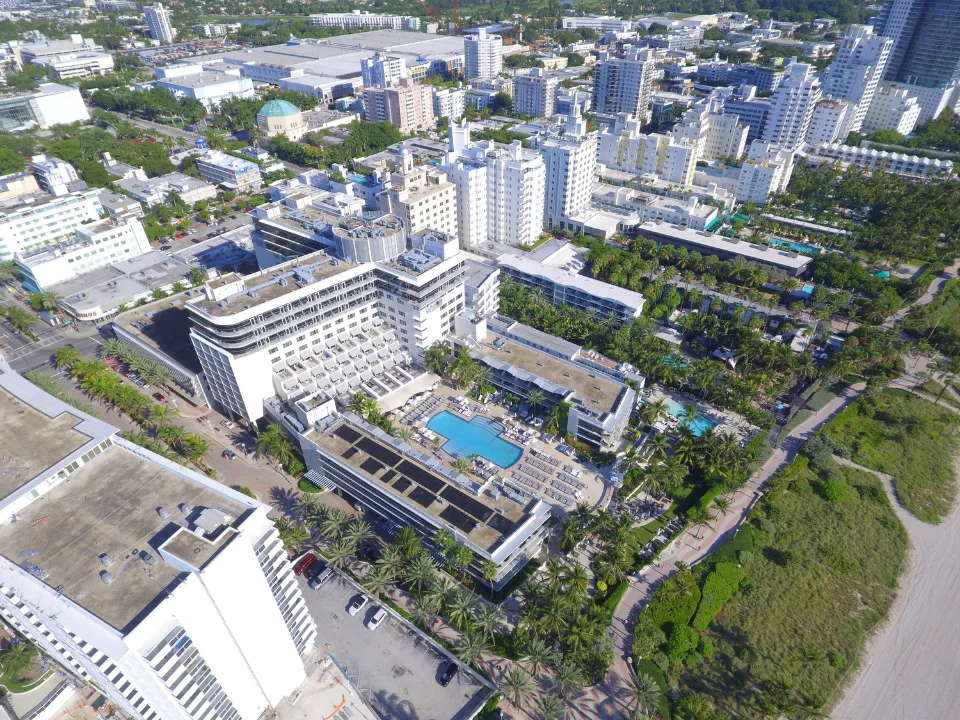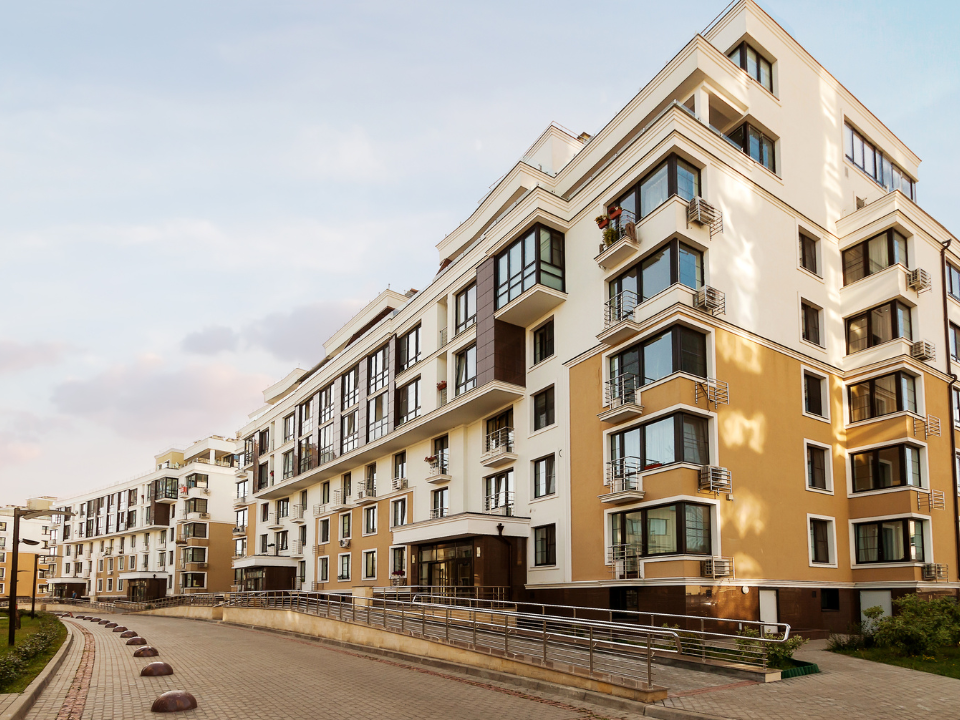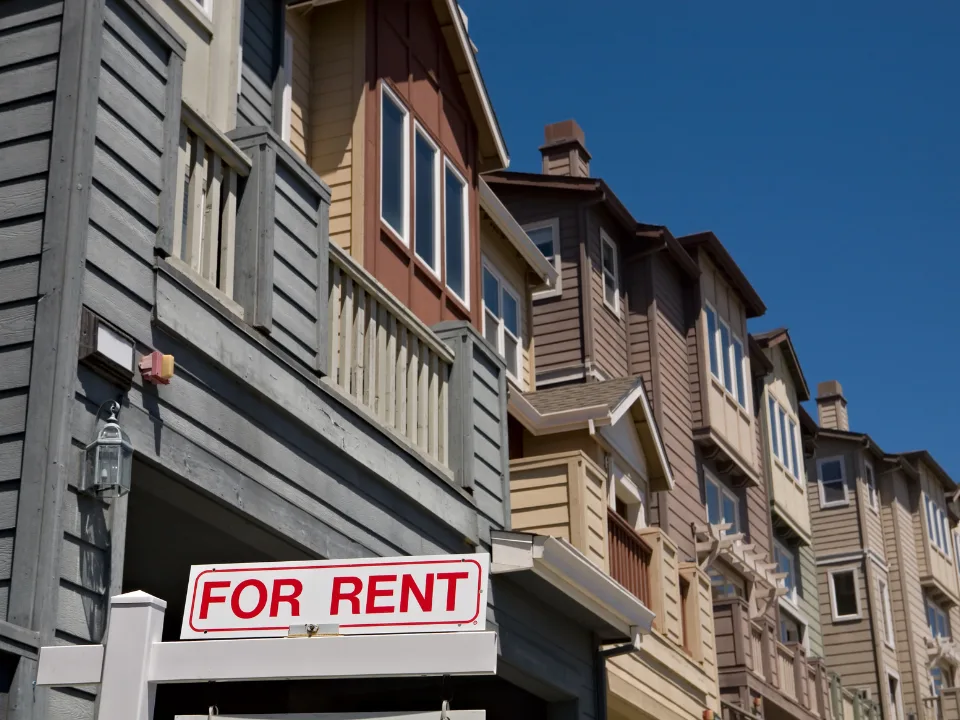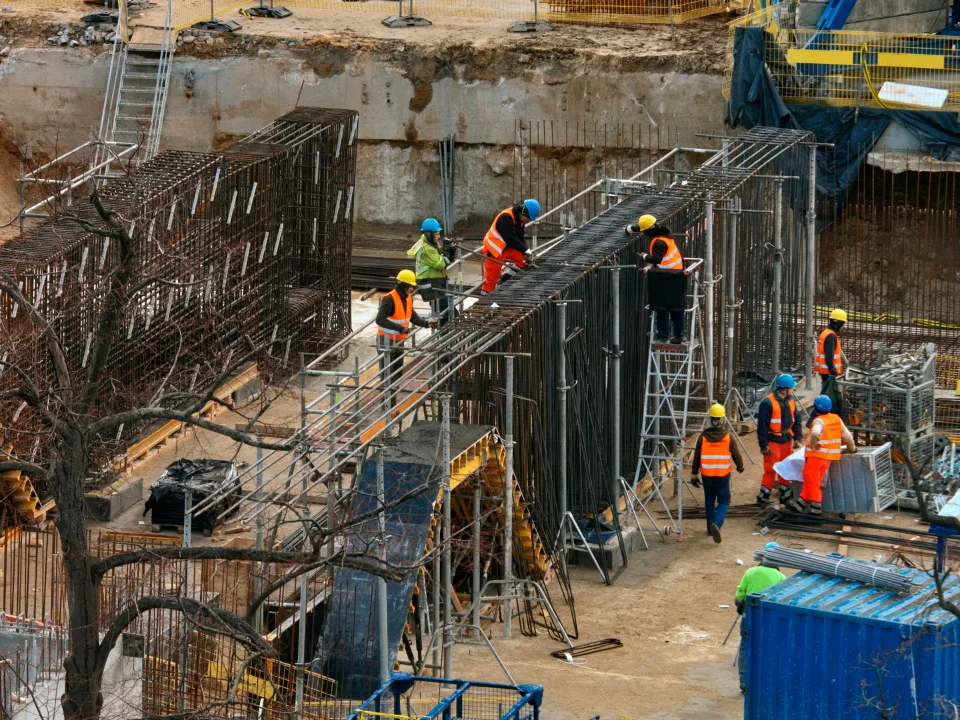- Multifamily core and value-add metrics have shown signs of recovery, outperforming expectations following the Fed’s 50-bp interest rate cut in mid-September.
- Core multifamily cap rates and IRR targets have slipped, signaling potential investor confidence and market stabilization.
- Key regional markets like Atlanta, Chicago, and Denver saw notable IRR target drops, while only LA, Philadelphia, and Tampa saw increases.
In 3Q24, CBRE Research reported that core and value-add multifamily properties showed improved performance metrics, suggesting renewed momentum in this real estate segment.
By The Numbers
As reported by GlobeSt, this positive shift followed the Fed’s decision to reduce the federal funds rate, which likely fueled investor optimism and sparked adjustments in underwriting assumptions.
- Core Multifamily Metrics: The going-in cap rate slipped to 4.90% from 4.95%, while the exit cap rate fell to 5.07% from 5.12%. The average unlevered IRR target for core assets dropped to 7.64%, reflecting improved investor return projections.
- Value-Add Multifamily Metrics: The going-in cap rate declined from 5.32% in Q2 to 5.19% in Q3, with exit cap rates down to 5.43%. The unlevered IRR for value-add properties fell from 10.21% to 10.01%, showing strong potential despite difficulties in some markets.
Regional Trends
Among the 19 markets evaluated, six—including Atlanta, Chicago, Denver, Nashville, Seattle, and Washington, D.C.—saw IRR target declines of 25 bps, suggesting stronger investor interest and potential market stabilization in these areas. These markets may be capitalizing on economic fundamentals or growth prospects that attract multifamily investment.
Conversely, Los Angeles, Philadelphia, and Tampa stood out by posting slight IRR increases, indicating region-specific challenges that may include regulatory pressures, higher borrowing costs, or localized economic uncertainties.
Get Smarter about what matters in CRE
Stay ahead of trends in commercial real estate with CRE Daily – the free newsletter delivering everything you need to start your day in just 5-minutes
Looking Ahead
CBRE forecasts less variability in market responses as borrowing costs and cap rates continue to trend downward in response to the Fed’s rate cuts.
This period of stabilization could pave the way for broader value recovery, particularly benefiting core and value-add assets as they regain footing in an evolving economic climate. Multifamily markets are expected to experience a gradual improvement in investor confidence, driven by clearer financial outlooks and more predictable rate movements.
Additionally, the combination of falling financing rates and improved underwriting conditions could foster many strategic opportunities, positively positioning multifamily for years to come.While the chain’s pre-pandemic growth target was 10% annually, it is now projected to reach 8% growth in 2024 and 2025.
















